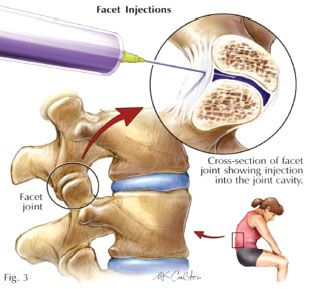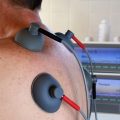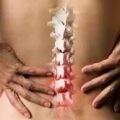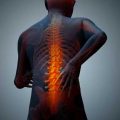Table of Contents
Spine Surgery for a Cervical Herniated Disc and Postoperative Care
Many times, episodes of arm pain, especially those with numbness and tingling sensation. And in many cases, it gets better over a time. However, if the pain remains persistent for more than 6 to 12 weeks. If the pain is so debilitating it affects the individual’s daily activities and quality of life. It may require cervical disc surgery.
Cervical disc surgery is a form of spine surgery. It has a success rate of almost 98% in terms of providing arm pain relief. Experienced surgeons can also lower the risk of complications.
Methods
It uses method obviously depends on what the patient really needs. These operations are:
- ACDF (Anterior Cervical Discectomy and Spine Fusion) – this surgical treatment. It’s the most common surgical method used by spine surgeons to address cervical herniated discs. The process involves the removal of the spinal disc using a 1-inch incision in the front side of the neck. Then, the disc space if fused using a plate in front of the graft for stability and may be for better fusion rate.
- Cervical Artificial Disc Replacement – this process is very much like the previous one. It involves the removal of the affected disc through an inch of incision on front of the neck. But rather than using fusion in disc space; surgeons will use an artificial disc to replace the damaged disk on its space. This artificial disc will mimic both the form and function of the removed spinal disc.
- Posterior Cervical Discectomy – this process is quite similar to posterior lumbar discectomy. This is performed from the back of the patient. It is used for discs that arise laterally out in neutral foramen. This “tunnel” where the nerve passes through to exit spinal canal. Though it is the more reasonable approach; the process itself can be more difficult than the previous one. There are more veins present in the area, which can result to a lot of bleeding. Bleeding of course, affects the surgeon’s visual of the affected area. Also, this surgical procedure requires more spinal cord manipulation.
Major surgical operations will always have their complications and risk; however, an experienced surgeon can definitely lower the chances of complications and side-effects.
Cervical Herniated Surgery Postoperative Care
For artificial disc replacement, ACDF and other anterior surgeries, there’s usually no need for extensive postoperative pain care.
After the operation, doctors will require their patients to wear a neck brace. The extent of restrictions of course, depends on the length from case to case basis, and different doctors may have their own different protocols for postoperative care.
Weakness and numbness of the arms however, may take a couple of weeks or even months to fully subside. It is also common for patients to experience a little neck pain for a while after the operation.






 I love to write medical education books. My books are written for everyone in an easy to read and understandable style.
I love to write medical education books. My books are written for everyone in an easy to read and understandable style.